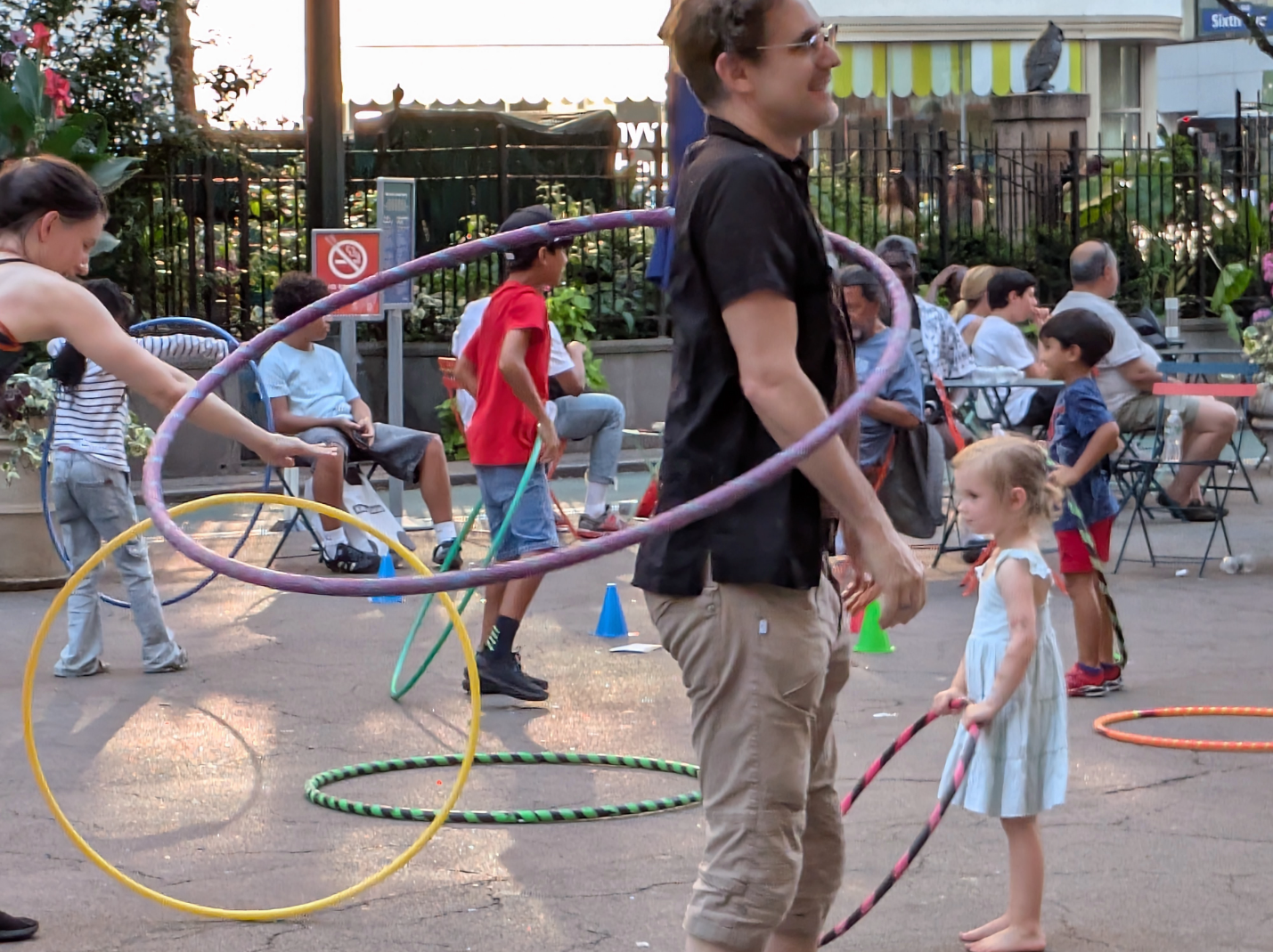
One of my staff members in Southern California emailed me last night to check whether our New York–based National Association of Scholars staff were safe after the horrific Midtown Manhattan shooting. Yes, I told him, we’re fine. Millions of us New Yorkers were physically unscathed by Shane D. Tamura’s rampage with a rifle, in which he murdered four people before committing suicide. But it is fair to say that millions of us were shaken up. Tamura, we are told, abandoned his BMW in the street and strode to the office tower at 345 Park Avenue openly carrying a long gun.
Details of what happened are still emerging, but I would say there is some incredulity on the part of many who have seen the footage of Tamura walking with his gun that he wasn’t confronted by the police or anyone else. I don’t think we New Yorkers find that surprising. For one thing, police patrolling the streets in Manhattan are not a common sight. And no pedestrian in his right mind would confront someone carrying an M4 rifle or similar weapon.
As currently reported, Tamura had a grudge against the National Football League, which has offices at 345 Park. He drove all the way from Las Vegas with his weapons, apparently, to execute his revenge and then kill himself. Whatever his exact target, he didn’t mind killing other people, too, including Didarul Islam, the off-duty police officer working as private security in the building. He also killed an employee of Blackstone, whose name—along with the names of the other victims—has not been released.
Not just another day in New York City. We are used to a certain level of criminal violence, but brazen assassinations and mass murder are not the norm.
I’ve worked in Midtown Manhattan for the last fifteen years, and I’m used to the petty criminality and the general indifference of law enforcement. This is, after all, the city where Alvin Bragg is our—elected—District Attorney. He presides over a policy of non-enforcement of laws against “low-level offenses,” which include burglaries, robberies in which weapons are displayed but not used, prostitution, fare evasion, trespassing, and resisting arrest. Those who are arrested are promptly released with “desk appearance tickets.” For more serious crimes, Bragg attempts to avoid “pretrial detention,” i.e. the perp walks. We have low bail or no bail for most habitual criminals.
If you are a law-abiding citizen, this means you step outside at your own risk, and you had best develop wariness towards anyone who doesn’t “look right.” Of those, we have many.
That said, it is perfectly possible to get around in New York and to enjoy New York in relative safety. There are places to stay away from, such as Times Square, and locations in which to stay on high alert, including subway stations and subway cars. But mostly we can manage, or better than manage.
As it happened, yesterday the New York Times ran an obituary of Joan Anderson, who died at age 101. Anderson was the Los Angeles housewife who in 1956 paid a visit to Australia, where she ran into a craze in which people were twirling hoops around their hips. She brought the idea home to the U.S., and christened it hula hooping. Her husband pitched the idea to the Wham-O toy company, which ran with it. Wham-O sold $30 million in hula hoops in just two months, but Joan Anderson and her husband got nothing.
The hula hoop survives, however, in gyms and on playgrounds. This summer, the 34th Street Partnership, which organizes events in Herald Square in front of Macy’s, has been staging hula hoop events. By coincidence, yesterday (July 28) was one of those. I left my office at 6:30 and, passing the hula hoopers, stopped to snap a few photos of the joyful participants, and then joined them briefly for a few spins.
My photos were at 6:36. Meanwhile, 19 blocks north, people were fleeing for their lives as Shane Tamura began shooting. Which is the real New York? Both, of course. But there are more of us who feel the joy of life than there are of those souls trapped in self-pity, vengefulness, and the desire to inflict pain.
Follow the National Association of Scholars on X.
Image by Peter Wood
NY, NY vs Augusta, ME.
Fourty years ago, the ME capitol was known for its “lovely KMart. Now its the “new” WalMart with its own exit off “The Interstate” (I-95).
REAL Maine is NorthEast of the Kennebec River, which runs through Augusta. It ain’t Portland or Kennebunkport… And Real Maine is like Texas, EVERYONE has at least one gun.
A while back, one carload of druggies started shooting at another carload of druggies — and two private citizens with their own LEGAL guns convinced folk to stop shooting and wait for the police to arrive…
…. in the WalMart parking lot on June 26, 2016.